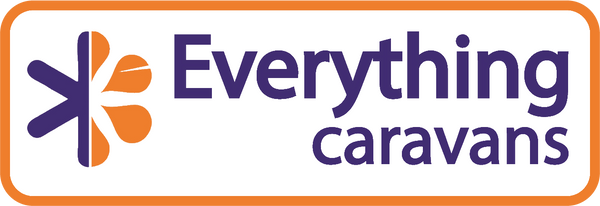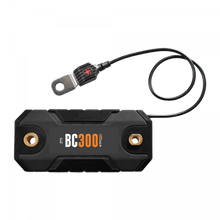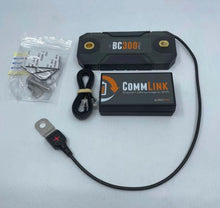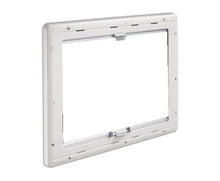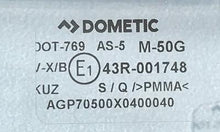Please explain how a caravan power management system works

A caravan power management system is designed to efficiently manage and distribute electrical power within a caravan, motorhome, or similar vehicle. These systems are crucial for ensuring that all electrical appliances and systems in the caravan function correctly and safely while optimizing the use of available power sources. Here's a breakdown of how these systems generally work:
Key Components:
-
Power Sources:
- External Power (Mains Electricity): Often used when the caravan is parked at a site with electrical hook-ups.
- Battery: Typically a 12V or 24V system, batteries store power for use when external power isn’t available.
- Solar Panels: Optional but increasingly popular, they provide renewable energy by converting sunlight into electricity.
- Generator: Some caravans may carry a generator for additional power supply.
-
Battery Management System:
- Monitors battery health, charge levels, and controls charging to prevent overcharging and deep discharging.
- Manages power distribution between charging from solar, mains, vehicle alternator, or generator.
-
Inverter:
- Converts 12V/24V DC power from batteries or solar panels to 240V AC power, needed for household appliances.
-
Charger:
- Converts 240V AC power from an external source to 12V/24V DC to charge the caravan's batteries.
-
Distribution Panel:
- Distributes electrical power to various circuits within the caravan.
- Includes safety features like circuit breakers or fuses to prevent overloading or short circuits.
-
Control Panel/Interface:
- Users can monitor and control the power system, including checking battery levels, power source inputs, and sometimes controlling appliances.
How It Works:
-
Power Input:
- The system can switch between various power sources depending on availability (external power, battery, solar, generator).
-
Charging and Power Management:
- When connected to an external power source, the system charges the batteries while also supplying power to the caravan’s appliances.
- The BMS ensures optimal charging of batteries and prevents damage due to overcharging or excessive discharge.
- Solar panels, if present, can charge the batteries during daylight hours.
-
Power Conversion and Distribution:
- The inverter converts DC to AC for household appliances.
- The distribution panel routes electricity to different parts of the caravan, ensuring each appliance gets the power it needs.
-
Usage and Monitoring:
- The user can monitor power levels, consumption, and battery health through the control panel.
- Power usage is managed to prioritize essential functions (like refrigeration) and to ensure efficient use of available power.
-
Safety Measures:
- Fuses and circuit breakers protect against electrical hazards.
- The BMS and other safety mechanisms prevent dangerous situations like battery overheat or electrical overloads.
Additional Considerations:
- Efficiency: Modern systems are designed for high efficiency, minimizing energy waste.
- Customization: Systems can often be customized based on specific power needs.
- Maintenance: Regular checks and maintenance of batteries, connections, and electrical systems are essential for safety and efficiency.
In summary, a caravan power management system is a sophisticated network that balances and controls various power sources, ensures the safe operation of electrical appliances, and manages battery health, all while optimizing the overall power consumption of the caravan.
